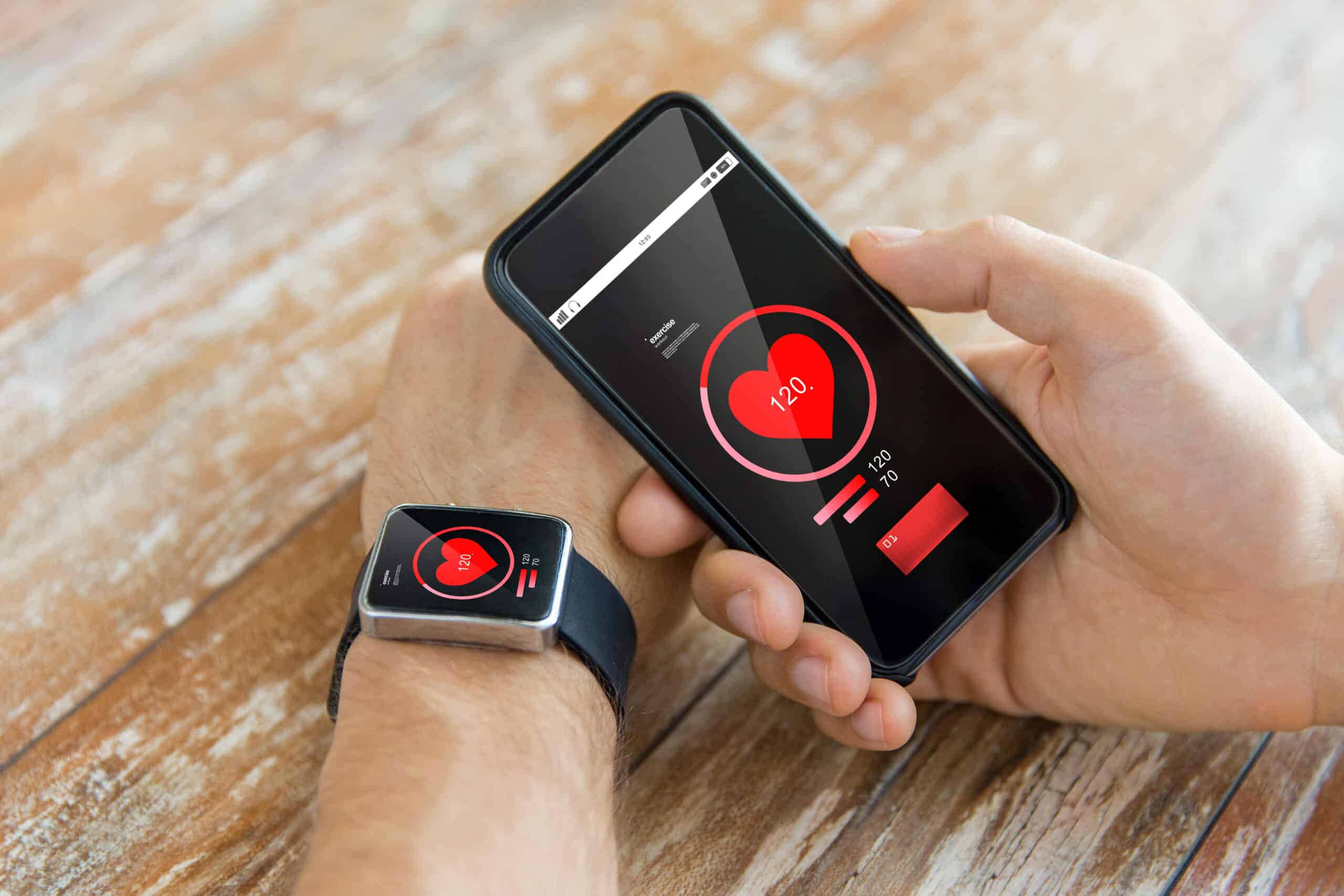According to recent research led by the University of Oxford published in PLOS MEDICINE, exercise may be even more important for the prevention of cardiovascular disease than was previously thought, and what’s more, is that the more activity the better.
90,211 participants between the ages of 40-69 years old, who were all part of the UK Biobank Study, wore accelerometers on their wrists for 7 days to measure physical activity, participant health was tracked for an average of 5 years. Overall there were 3,617 cases of cardiovascular disease in the participants. However, cases of cardiovascular disease decreased as the amount of moderate and vigorous physical activity increased. Findings suggest that there was no threshold where the effects of exercise stopped improving cardiovascular health, with those who were the most active in the top 25% having an average risk reduction between 48-57%.
“During the pandemic, because of lockdowns or self-imposed isolation, people have not been getting as much ‘incidental’ activity, particularly in relation to travel or movement around an office, for example,” said Terence Dwyer, a professor emeritus of epidemiology at the University of Oxford and an author of the study.
“This means that they need to take more purposeful activity to maintain even what they were doing previously. Our findings should give them more confidence that this is something they really should pay attention to. It also should provide confidence in increasing their PA (physical activity) beyond levels they might have regularly taken prior to the pandemic.“
Those in the top 25% did about 50 minutes per week of vigorous-intensity physical activity, while those in the bottom 25% did less than 10 minutes per week of vigorous-intensity physical activity, according to study lead author Aiden Doherty, who is also an associate professor at University of Oxford’s Nuffield department of population health.
It was noted that those who were more active were also more likely not to smoke, have a healthy BMI, and drink less to no alcohol, but the researchers said that these factors were accounted for in their analysis which found that the association between increased exercise and the decrease in cardiovascular disease remained strong demonstrating that exercise alone has a significant effect on the risk of being diagnosed with cardiovascular disease.
Rather than using questionnaires to examine the benefits of physical activity, the researchers were confident that wearing a research-grade device was a more accurate way to reflect an individual’s habitual activity over time compared to relying on a person’s ability to accurately recall activities. Other research has shown that activity measured in this manner was stable, and more research is being done to gauge its accuracy more thoroughly.
“Using this more accurate form of measurement, and in a large number of people, we found the lowest risk for cardiovascular disease in the UK Biobank cohort is seen at the highest level of physical activity, whether total, moderate — or vigorous — intensity,” said Doherty.
“This is the largest ever study of device-measured physical activity and cardiovascular disease. It shows that physical activity is probably even more important for the prevention of cardiovascular disease than we previously thought. Our findings lend further weight to the new WHO guidelines on physical activity which recommend at least 150 to 300 minutes of moderate to vigorous aerobic activity per week for all adults.”
In December 2020, W.H.O revised its guidelines on physical exercise to now recommend that adults get at least 150 minutes of moderate to vigorous physical activity each week.
The findings from this study were similar between both men and women, although the benefits of vigorous exercise appeared to be particularly stronger for women. Results from this study are in contrast to those in a study of over 1 million women that found moderate physical activity to be associated with a lower risk of coronary heart disease having no further reduction in risk with increasing the frequency of activity.




